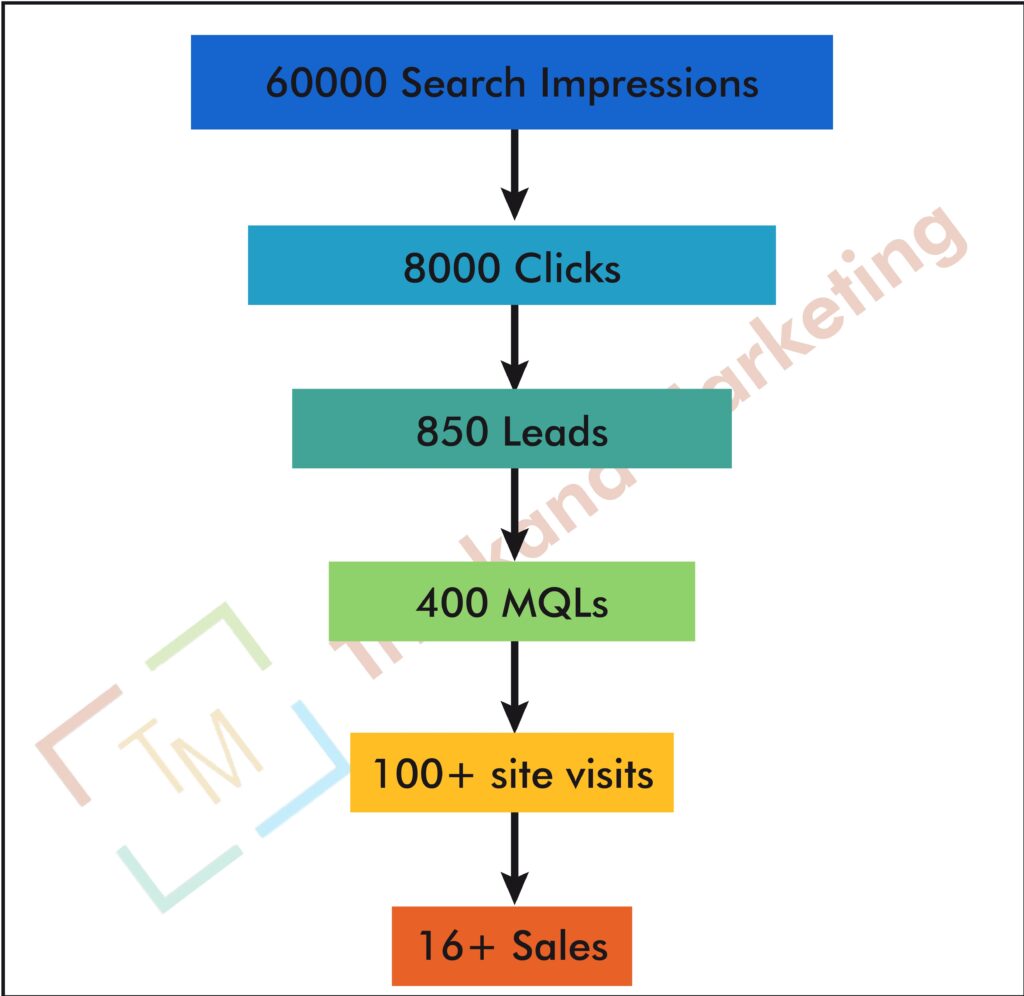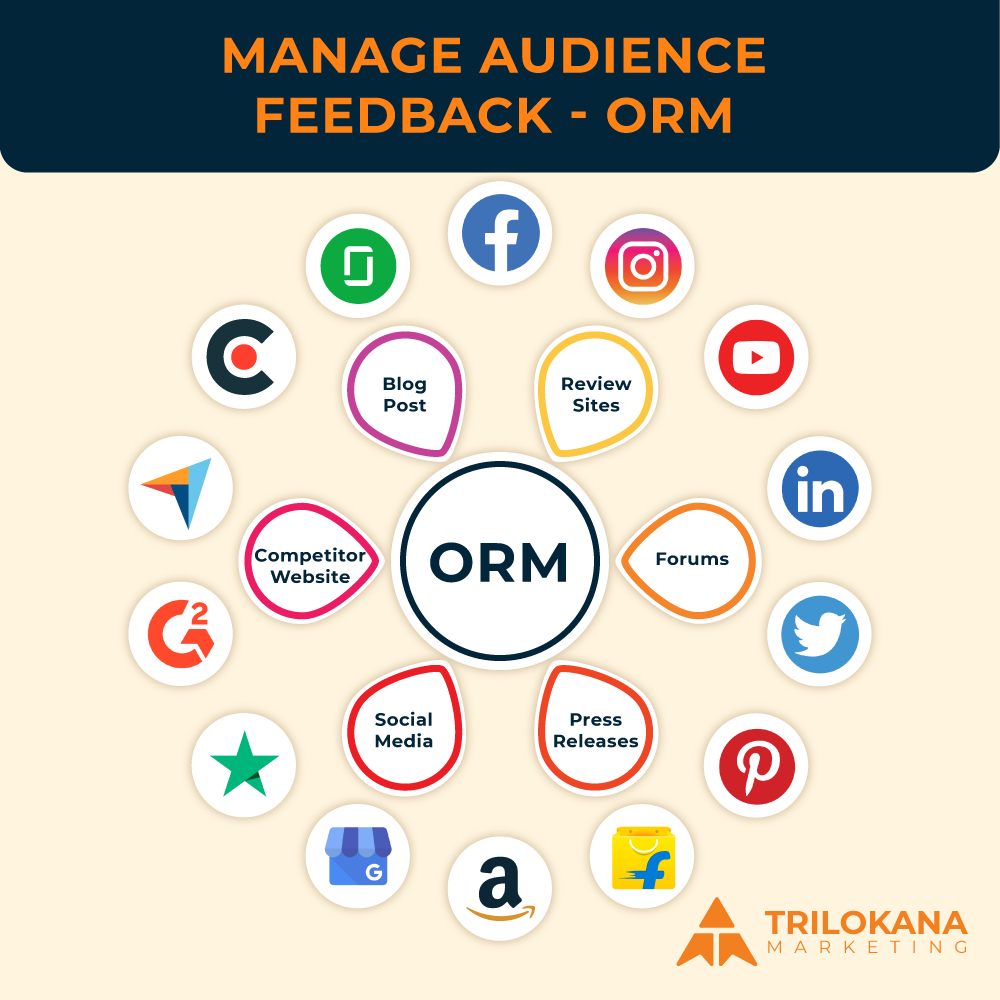Turn challenges into opportunities—master crisis management with social media listening
In today’s fast-paced digital world, a brand’s reputation can be significantly impacted by crises, whether they arise from product issues, corporate missteps, or external events. Social media listening plays a crucial role in crisis management by providing real-time insights into public sentiment, identifying potential threats, and enabling prompt, strategic responses. This guide explores how social media listening can be utilized to effectively manage crises and mitigate their impact on your brand.
“Proactively manage crises with real-time insights from social media listening.”
-
Early Detection of Potential Crises
Overview: Social media listening helps in identifying emerging issues before they escalate into full-blown crises. By monitoring social media channels for specific keywords, brand mentions, and sentiment, you can detect early warning signs and address problems promptly.
Steps to Implement:
- Set Up Monitoring Tools: Use social media listening tools to track keywords, brand mentions, and industry-related topics.
- Track Sentiment Trends: Analyze sentiment trends to identify any negative shifts that could indicate potential issues.
- Alert and Escalate: Establish protocols for escalating alerts to your crisis management team when potential issues are detected.
Use Case: If a social media listening tool identifies a spike in negative sentiment around a recent product launch, you can quickly investigate and address the underlying issue before it gains widespread attention.
“Detect issues early—use social media listening to identify potential crises before they escalate.”
-
Understanding Public Sentiment
Overview: During a crisis, understanding public sentiment is crucial for tailoring your response. Social media listening provides insights into how people feel about the situation, which can help shape your communication strategy and address concerns effectively.
Steps to Implement:
- Analyze Sentiment: Use sentiment analysis tools to gauge the emotional tone of social media conversations related to the crisis.
- Segment Feedback: Break down sentiment data by demographics or geographic location to understand different audience perspectives.
- Adjust Messaging: Tailor your crisis communication based on the sentiment analysis to address specific concerns and reassure your audience.
Use Case: If sentiment analysis reveals that customers are primarily concerned about safety issues, your response should focus on addressing these concerns and outlining the steps you’re taking to ensure safety.
“Craft targeted responses—understand public sentiment with social media listening to address concerns effectively.”
-
Coordinating a Unified Response
Overview: A unified and consistent response is essential during a crisis to maintain trust and credibility. Social media listening helps ensure that all communications are aligned and that your response is coordinated across different channels.
Steps to Implement:
- Centralize Monitoring: Use a single platform to monitor and analyze social media conversations to ensure consistency in response.
- Develop Response Protocols: Establish clear protocols for responding to various types of feedback and inquiries.
- Collaborate with Teams: Coordinate with your PR, marketing, and customer service teams to ensure a cohesive and unified response.
Use Case: During a product recall, centralizing monitoring allows your team to provide consistent updates and responses across social media platforms, ensuring that customers receive accurate and timely information.
“Ensure consistency—coordinate a unified response using insights from social media listening.”
-
Managing Customer Expectations
Overview: Effective crisis management involves setting and managing customer expectations. Social media listening can help you understand what customers expect from your brand and how to meet those expectations during a crisis.
Steps to Implement:
- Monitor Customer Feedback: Track feedback and questions related to the crisis to gauge customer expectations.
- Provide Updates: Use social media channels to provide regular updates and transparent information about the situation.
- Address Concerns: Respond to individual concerns and questions to show that you are actively addressing the issue.
Use Case: If customers are asking for detailed information about the steps being taken to resolve a crisis, providing regular updates and answering questions can help manage expectations and maintain trust.
“Meet expectations—use social media listening to manage customer expectations during a crisis.”
-
Evaluating Crisis Impact and Effectiveness
Overview: After a crisis, evaluating the impact and effectiveness of your response is crucial for learning and improvement. Social media listening provides valuable data for assessing how well you managed the crisis and how it affected your brand’s reputation.
Steps to Implement:
- Review Sentiment Trends: Analyze sentiment trends before, during, and after the crisis to evaluate the effectiveness of your response.
- Gather Feedback: Collect feedback from customers and stakeholders to assess their perception of how the crisis was handled.
- Identify Lessons Learned: Use insights gained to identify areas for improvement and refine your crisis management strategies.
Use Case: Post-crisis analysis might reveal that while your response was effective in addressing immediate concerns, there were gaps in communication that could be improved for future crises.
“Learn and improve—evaluate crisis impact and response effectiveness with social media listening insights.”
-
Building a Resilient Brand Post-Crisis
Overview: Recovering from a crisis involves rebuilding and strengthening your brand’s reputation. Social media listening can help you track recovery progress and implement strategies to restore and enhance your brand’s image.
Steps to Implement:
- Monitor Recovery: Track social media conversations to gauge public perception and monitor recovery progress.
- Highlight Positive Stories: Share positive stories and customer testimonials to rebuild trust and reinforce your brand’s strengths.
- Engage with Customers: Continue engaging with your audience to demonstrate ongoing commitment to customer satisfaction and quality.
Use Case: Following a crisis, actively sharing positive customer feedback and success stories can help rebuild your brand’s reputation and foster a positive image.
“Rebuild and thrive—use social media listening to strengthen your brand’s reputation post-crisis.”
Social media listening is a powerful tool for managing crises effectively. By providing early detection of potential issues, understanding public sentiment, coordinating a unified response, managing customer expectations, evaluating crisis impact, and building a resilient brand post-crisis, social media listening can enhance your crisis management strategy. Embracing these practices will not only help you navigate challenges with confidence but also strengthen your brand’s reputation and trust with your audience.
“Empower your crisis management strategy—leverage social media listening to navigate and recover from challenges.”



